
Chickweed is highly seasonal. Photo by Green Deane

Richardia grandiflora is not a wild edible though some have mistakenly tried it without apparent immediate harm.
Finicky chickweed is up. We’re calling it finicky because while it is the right time of year you are not going to find it at every usual location. We saw it two weeks ago at Blanchard Park in east Orlando, then could not find any at Mead Garden Sunday, which was about eight miles west of Blanchard. Then Monday it was abundant at a location in Groveland (west 40 more miles.) As wild edible goes it’s an easy plant to identify if you examine several characteristics of the plant, not just the blossom. It has a small five-petaled flower that is deeply incised so it looks like ten petals. It has a single line of hair down one side of the stem that changes sides at every pair of leaves, it has a stretchy inner core and tastes like corn silk. A local plant locals confuse for it is Richardia grandiflora which is much larger, coarser, totally hairy, has a large five-petaled blossom and no stretchy core and does not taste like corn silk.
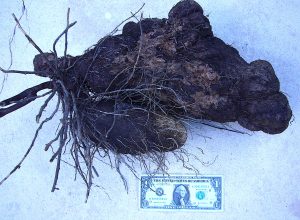
It’s common to find ten-pound D. alata roots. Photo by Green Deane
We are also approaching the end of Winged Yam season, Dioscorea alata. They don’t go away this time of year, they are just more difficult to locate. Their long vines start dying off from the ground up. Thus you can see the upper vines still green but as they approach the ground they turn brown and break off making it difficult to see where it went into the ground. They’ll come up again about April. We found several during our foraging class Sunday, some of good size. First you cook them like potato then use them. Mashed potatoes and shepherd’s pie are favorite forms. Eating a plant the state wants to get rid of is a win-win civic duty.
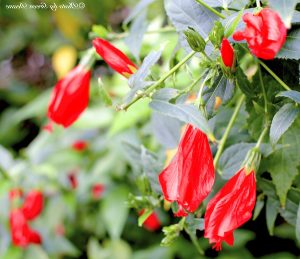
Malvaviscus pendiflorus. Photo by Green Deane
Many Foragers know “Turk’s Cap” or “Sleepy Hibiscus” blossoms are edible. They are a common sight locally and we ate several during our foraging class last Sunday. They are a red hibiscus blossom that never opens thus is called “sleepy.” There are actually two species of them, Malvaviscus arboreus and M. penduliflorus. How do you tell them apart though they are equally edible? M. penduliflorus is thought to be a native of Mexico. It has downward-pointing, wrapped-up flowers that are about two and a half inches long. M. arboreus is native to Texas, Mexico, parts of the West Indies, Central America, and northern South America. It has short, less wrapped blossoms (1.5 inches) that point up. They don’t droop. A hundred grams of fresh flower has: 16 calories, 2.68 grams of protein, 0.89 grams of carbohydrates. It has 67 mg of calcium, 1.21 grams of iron, and 379 mg of sodium. A hundred grams of dried flower has: 100 calories, 20 grams of carbohydrates, 520 mg of calcium, 21.6 grams of iron, 48 grams of vitamin C. No fat, no fiber, no protein or sodium reported.

Foraging classes are held rain, shine, hot or cold. Photo by Nermina Krenata
One foraging class this holiday weekend, a new location and no fee ’cause we’re checking the location out for possible future classes. And… the weather this coming Sunday is supposed to be good, mid-60s Saturday night, lower 80’s Sunday, a low chance of rain. Might be windy. Start your new year off on the beach studying plants.
Sunday January 2nd, as Monty Python used to say, “and now for something different.” Let’s meet at 10 a.m. (at the bathrooms) and wander around Lori Wilson Park, Cocoa Beach, for a couple of hours. No fee. I did a short private class there a couple of years ago for a Mensa event. Not sure it is extensive enough for a regular class. If the weather’s pleasant it will be a nice way to start the new year. 1500 N. Atlantic Avenue, Cocoa Beach Fl 32931. 10 a.m.
Saturday January 8th, Dreher Park, 1200 Southern Blvd., West Palm Beach, 33405. 9 a.m to noon, meet just north of the science center.
Sunday January 9th, Spruce Creek Park, 6250 Ridgewood Ave. Port Orange, 32127. 9 a.m. to noon, meet at the pavilion.
Saturday January 15th, Bayshore Live Oak Park, Bayshore Drive. Port Charlotte, meet at the parking lot at Bayshore and Ganyard, 9 a.m. to noon.
Sunday January 16th, Mead Garden: 1500 S. Denning Dr., Winter Park, FL 32789. Meet at the bathrooms, 9 a.m. to noon. The entrance is on South Denning. Some GPS directions get it wrong and put it on S. Pennsylvania.
Sunday February 6th, John Chestnut County Park: 2200 East Lake Road, Palm Harbor, FL 34685. Meet at the trail head of the Peggy Park Nature Walk, pavilion 1 parking lot. 9 a.m. to noon.
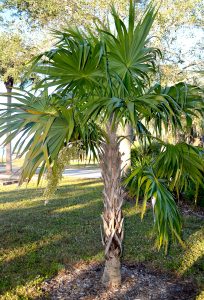
The Florida Thatch Palm might be found more in landscaping than in nature.
At what point does a “wild” plant become an edible plant? Good question. Occasionally on teaching trips to south Florida I saw a palm with small white fruit. Twice I tasted them. No particular flavor but more importantly no burning from calcium oxalates (which is usually the first sign a palm fruit is not edible.) On one trip I took some pictures aiming for identification. What I got tentatively was Thrinax radiata, the Florida Thatch Palm, so called because it was used to thatch hut roofs. Thrinax by the way means “trident” in Greek, radiata radiating. If the identification is correct then are the fruit edible? On page 670 of Florida Ethnobotany by Daniel Austin he writes: “Fruits are sweet and edible.” Then he says “the fiber has been used to stuff pillows and mattresses.” That problem I have is that the fruit on the palm pictured right was not “sweet” but rather foul tasting. So, either the identification is wrong, the fruit was eaten at the wrong time (though it was totally white) or the flavor varies tree to tree. It will need sorting out.
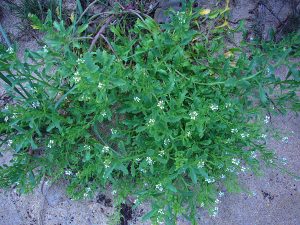
Like all mustards Sea Rocket has four-petal blossoms. Photo by Green Deane
One of two species of mustard we should see this coming Sunday’s class at Lori Wilson park is Sea Rocket. We have two species of Cakile or Sea Rocket locally. They show themselves in our winter and preferably on the beach above the rack line. You can also find them blossoming in coastal dunes. The leaves are a bit fleshy but as they are in a tough environment that helps them preserve water. While Sea Rocket can be found along most coasts of the United States, Maine to Washington State, Florida has its own variety, C. lancelolate. There is a video on them here and you can read more about them here.

Nagi fruit is not edible but the seed oil is.
The Nagi Tree is odd in that the seed oil is edible but the seed isn’t nor is the fruit. You can boil young leaves but they are kind of on par with pine needles (which are a distant relative.) One odd thing is that the leaves clearly look like a monocot, that is, they don’t have branching veins but all parallel veins and no mid-rib in the leaf. The confusion is there are no monocot trees. These hurricane-proof trees produce piles of pretty blue berries that sprout easily. It’s just too bad they are not edible (neither are the blue fruit of the Japanese Blueberry Tree that resembles an olive.) You can read about the Nagi Tree here.
My nine-DVD set of 135 videos has been phased out and replaced by a 170-video USB. The USB videos are the same videos I have on You Tube. Some people like to have their own copy. The USB videos have to be copied to your computer to play. If you want to order the USB go to the DVD/USB order button on the top right of this page or click here. That will take you to an order form. Or you can make a $99 donation, which tells me it is for the USB (include a snail-mail address.) I’d like to thank all of you who ordered the DVD set over the years which required me to burn over 5,000 DVDs individually. I had to stop making them as few programs now will read the ISO files to copy them.

Green Deane Forum
Want to identify a plant? Perhaps you’re looking for a foraging reference? You might have a UFO, an Unidentified Flowering Object, you want identified. On the Green Deane Forum we — including Green Deane and others from around the world — chat about foraging all year. And it’s not just about warm-weather plants or just North American flora. Many nations share common weeds so there’s a lot to talk about, such as the one to the left. There’s also more than weeds. The reference section has information for foraging around the world. There are also articles on food preservation, and forgotten skills from making bows to fermenting food. Recent topics include: California Wild Mushroom Parties, A Good Reason To Eat Wild Garlic, Black Walnuts and Amaranth, Sea Salt and Plastic, Wild Mustard? Heavy Metals. Oriental Persimmons. What is it? Pine Cough Drops and Needles, Skullcap, Malodorous Plant? Another NJ Tree, Maypop? Roadside Plant, Unknown in Sudan, Please Help Identify, and Preserving Prickly Pear Bounty. You can join the forum by clicking on the button on the upper right hand side of this page.
This is my weekly newsletter #488. If you want to subscribe to this free newsletter you can find the sign-up form in the menu at the top of the page. My website, which is data secure, has over 1500 plants on it in some 428 articles. I wrote every one myself, no cut and paste.
To donate to the Green Deane Newsletter click here.

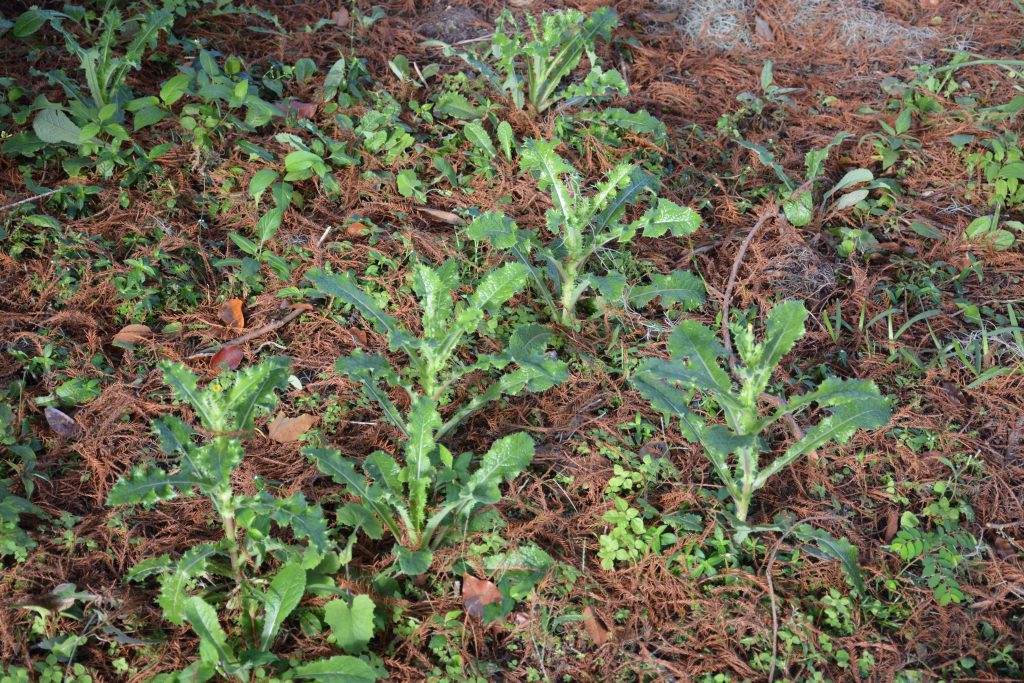

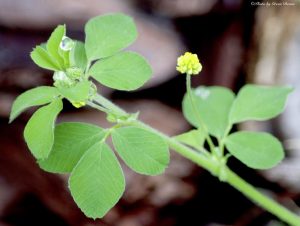
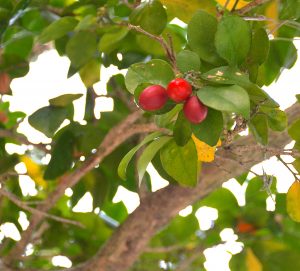
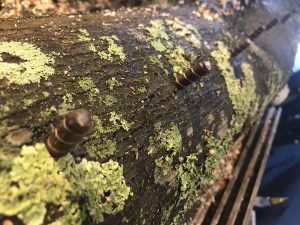
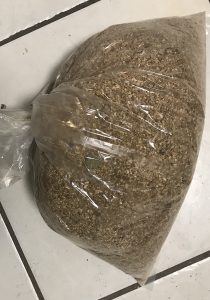


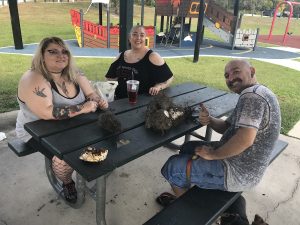
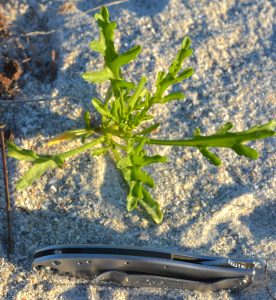
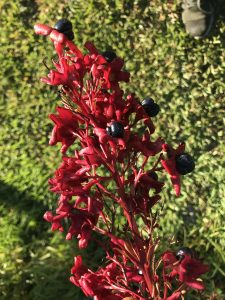
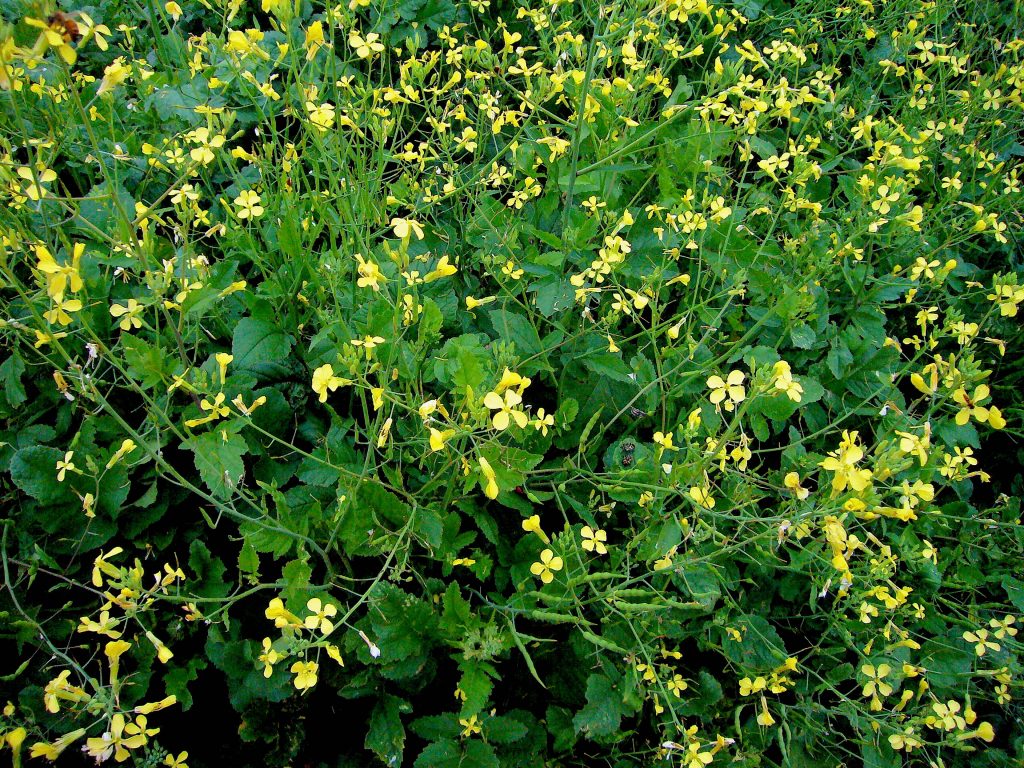
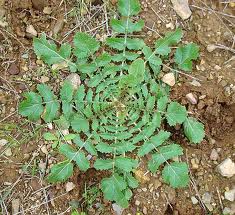
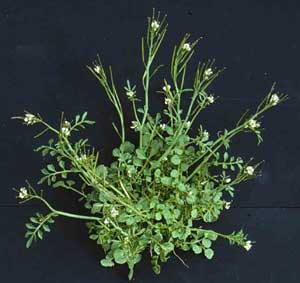
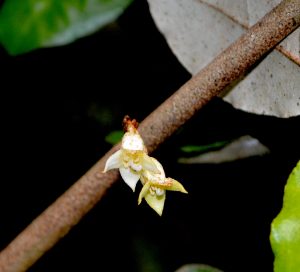
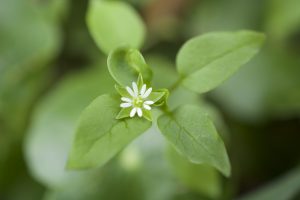
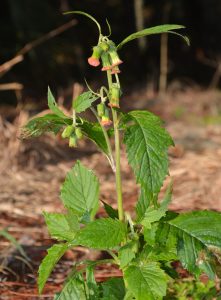
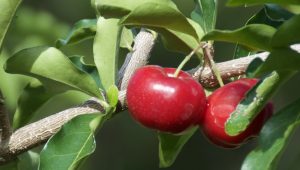

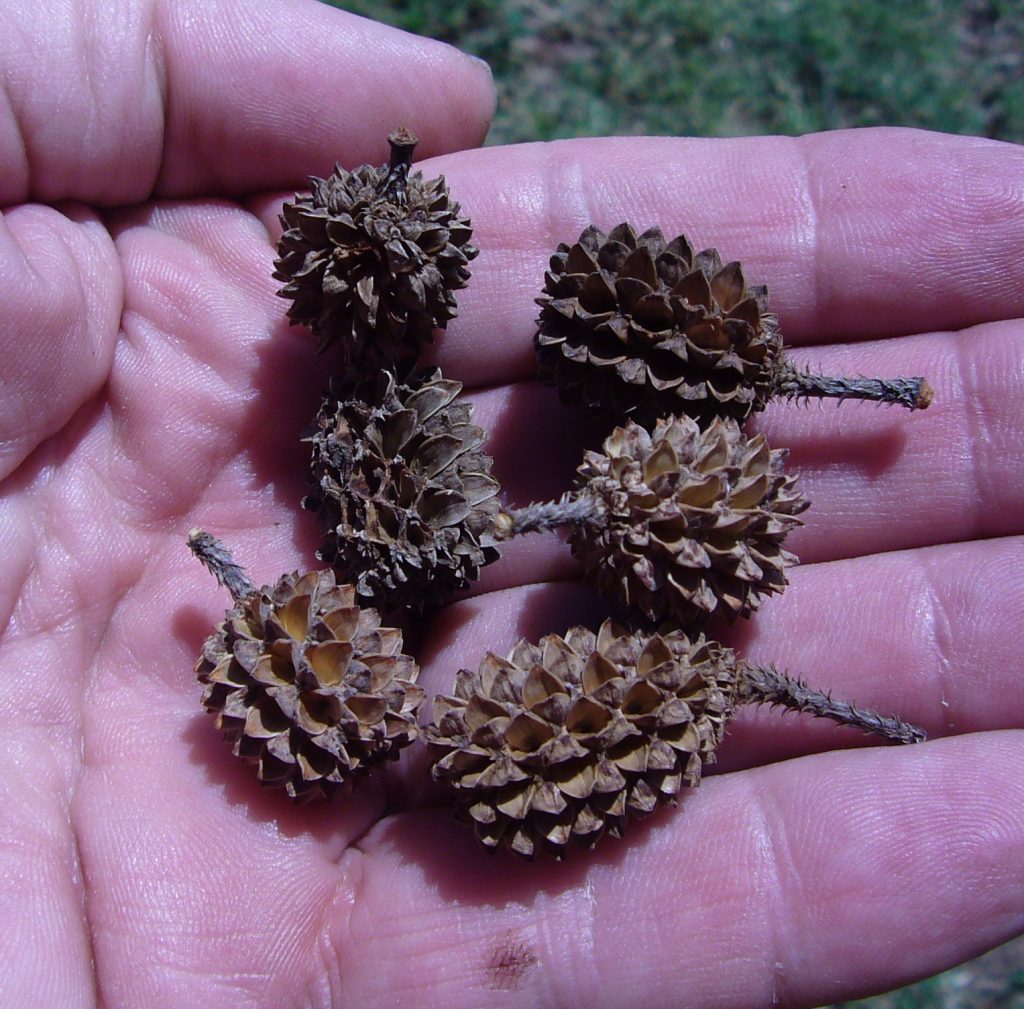
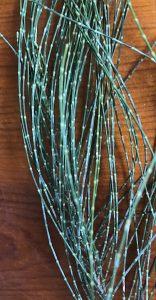
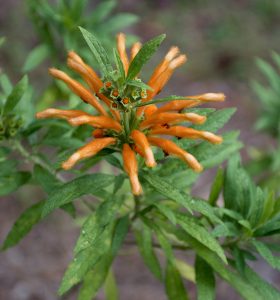
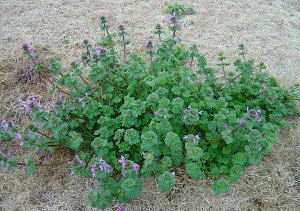
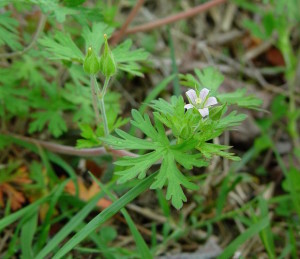
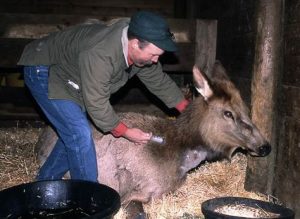
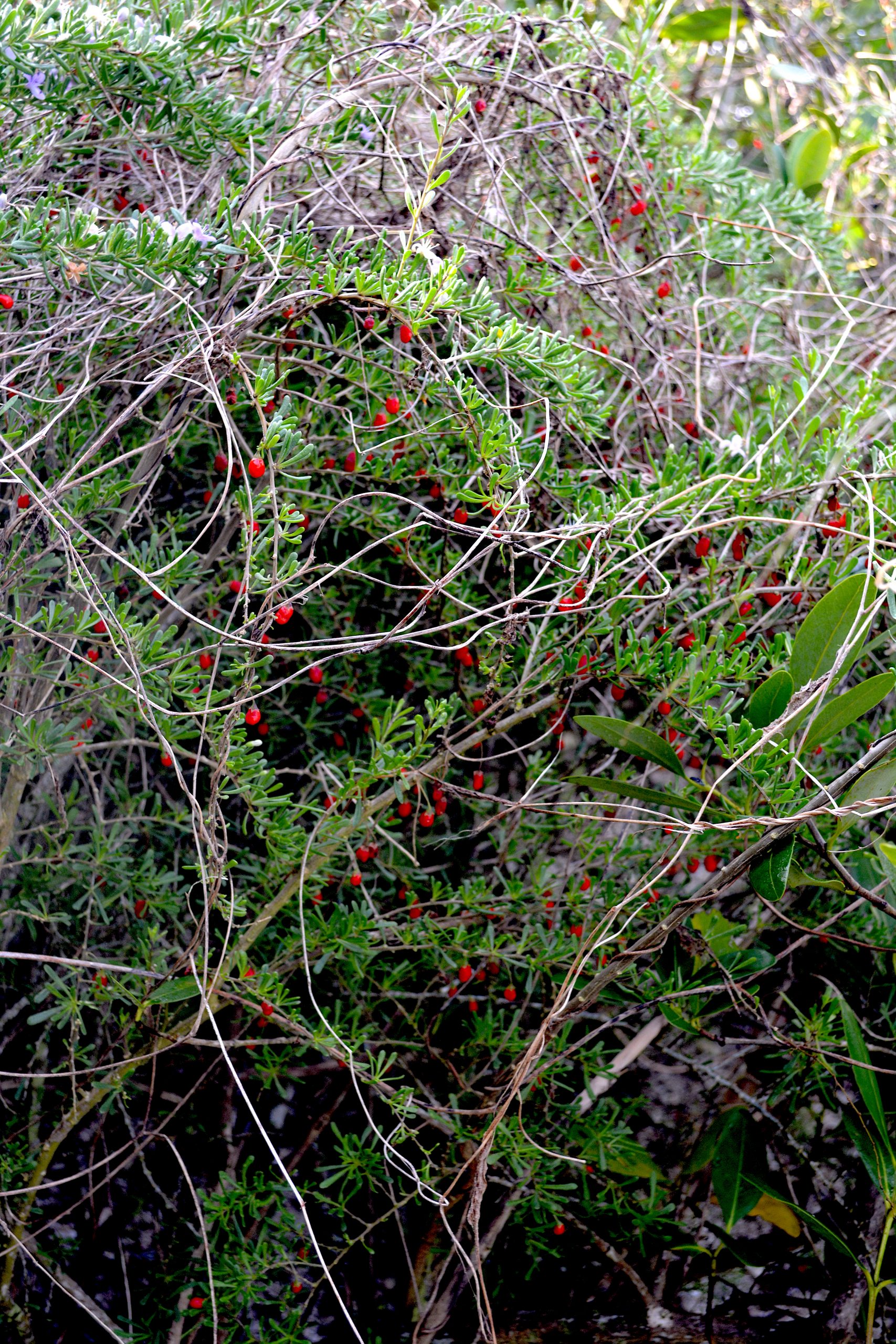
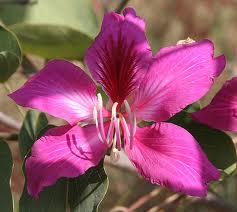
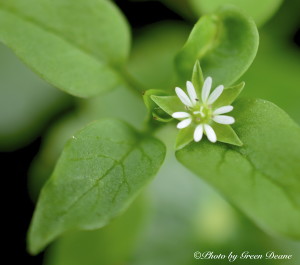
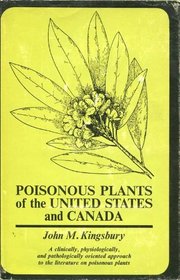 Is that theoretically possible? Yes. You’d have to eat 85 grams of apples seeds, about three ounces, or about 114 seeds, all at one time, all thoroughly chewed. That could, in theory, deliver a fatal dose of cyanide. That’s for a 150 pound person, a larger person could tolerate more, a child much less. Probably children should not eat any apple seeds. The way cyanide works is rather fascinating. It attaches to our red blood cells better than oxygen. So instead of oxygen being delivered throughout the body for mitochondrial use cyanide is. We essentially stop making energy. But what about the guy who ate the cup of seeds? There’s bit of a problem with that.
Is that theoretically possible? Yes. You’d have to eat 85 grams of apples seeds, about three ounces, or about 114 seeds, all at one time, all thoroughly chewed. That could, in theory, deliver a fatal dose of cyanide. That’s for a 150 pound person, a larger person could tolerate more, a child much less. Probably children should not eat any apple seeds. The way cyanide works is rather fascinating. It attaches to our red blood cells better than oxygen. So instead of oxygen being delivered throughout the body for mitochondrial use cyanide is. We essentially stop making energy. But what about the guy who ate the cup of seeds? There’s bit of a problem with that. 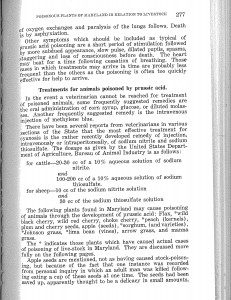 Kingsbury’s inclusion of the incident in his book gave the story legitimacy and it has been quoted extensively ever since by professionals and amateurs alike. But from a traditional journalistic point of view the story is full of what we called in the newsroom “holes.” Who ate the seeds, when, and where? Basic facts that add credibility. Professor that he was Kingsbury included where he got the story from in footnote 1335. That footnote reads: Reynard, G.B., and J.B.S. Norton in Poisonous Plants of Maryland in Relationship to Livestock. Maryland Agricultural Experimental Station, Technical Bulletin. A10, 1942. 312 pp.
Kingsbury’s inclusion of the incident in his book gave the story legitimacy and it has been quoted extensively ever since by professionals and amateurs alike. But from a traditional journalistic point of view the story is full of what we called in the newsroom “holes.” Who ate the seeds, when, and where? Basic facts that add credibility. Professor that he was Kingsbury included where he got the story from in footnote 1335. That footnote reads: Reynard, G.B., and J.B.S. Norton in Poisonous Plants of Maryland in Relationship to Livestock. Maryland Agricultural Experimental Station, Technical Bulletin. A10, 1942. 312 pp. 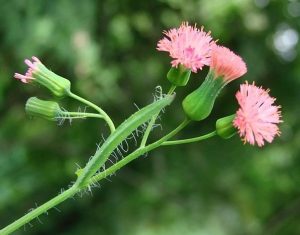
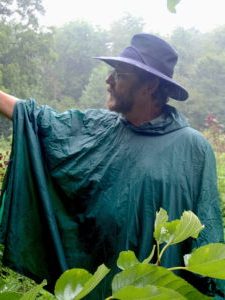

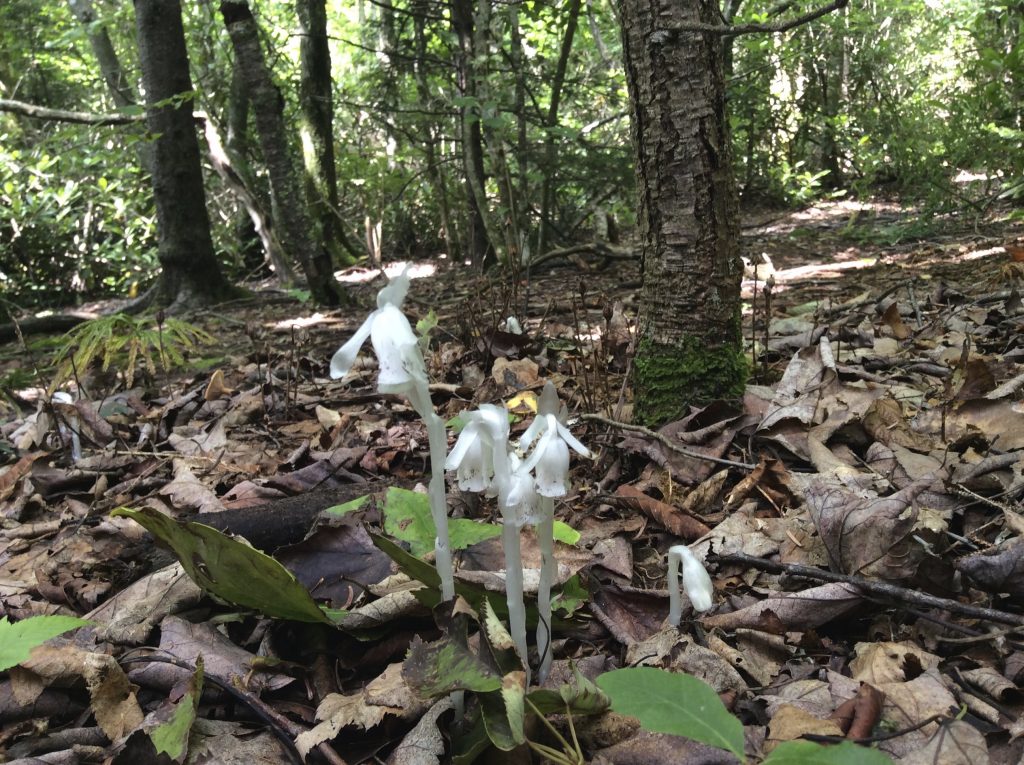
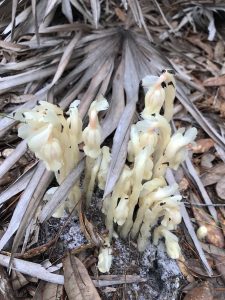
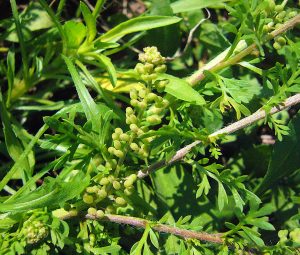
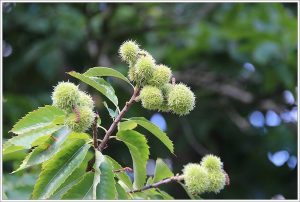
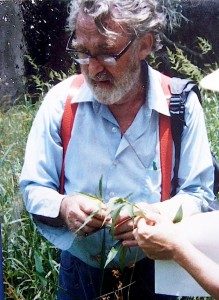
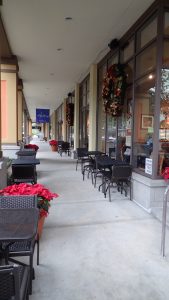
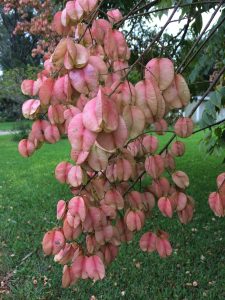
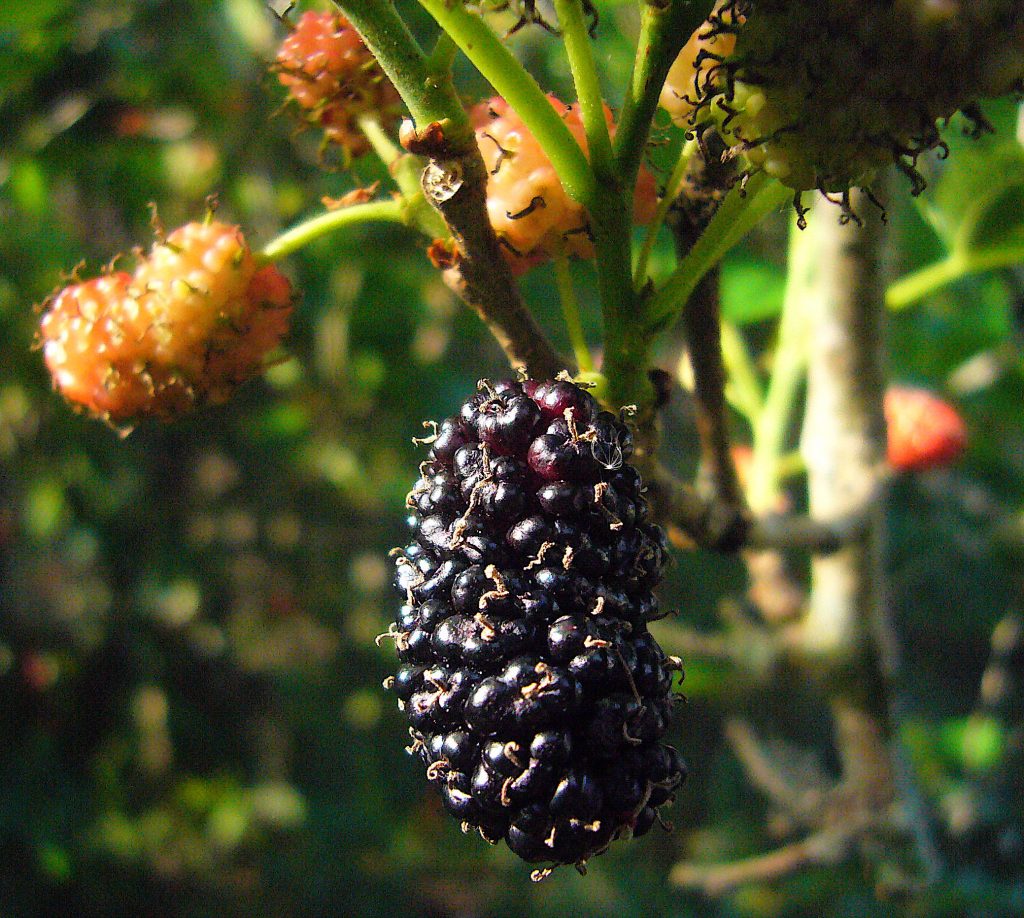
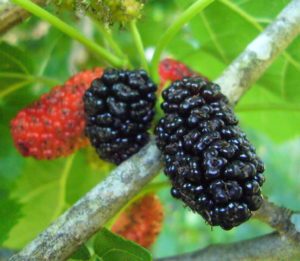
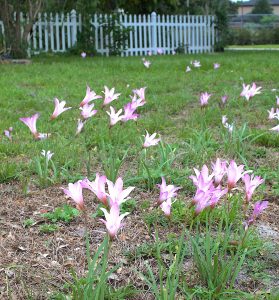
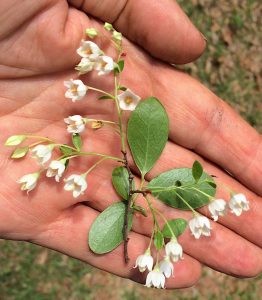
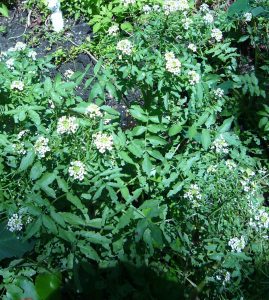
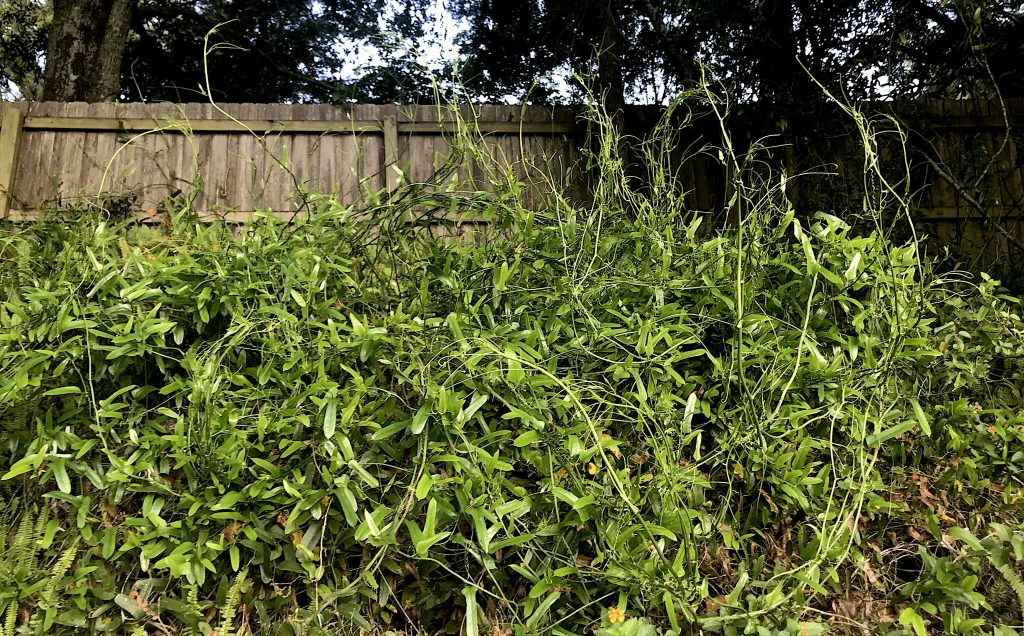
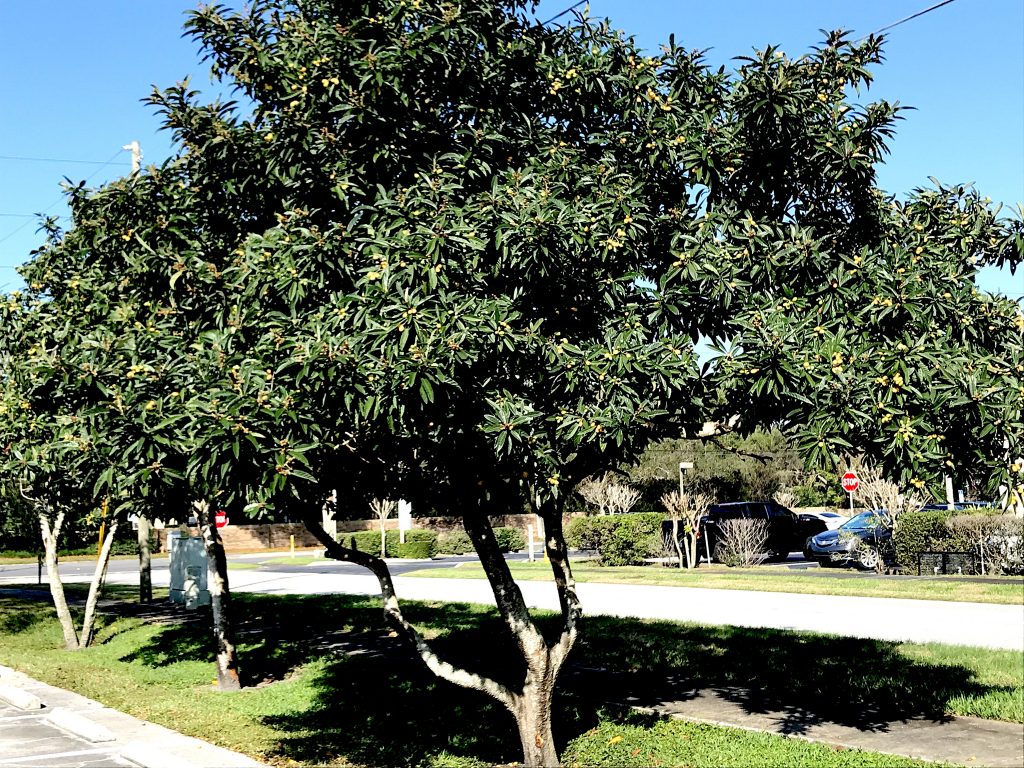
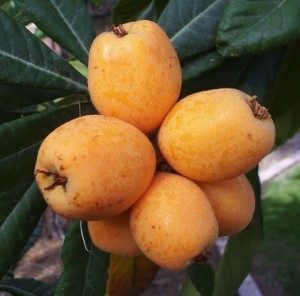
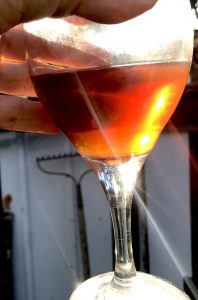
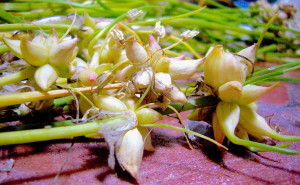
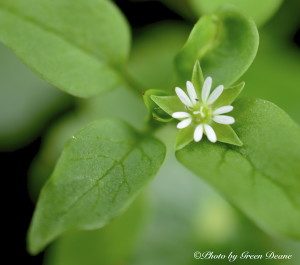
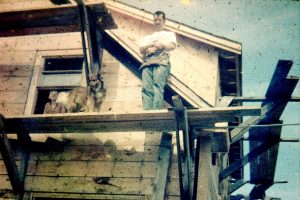
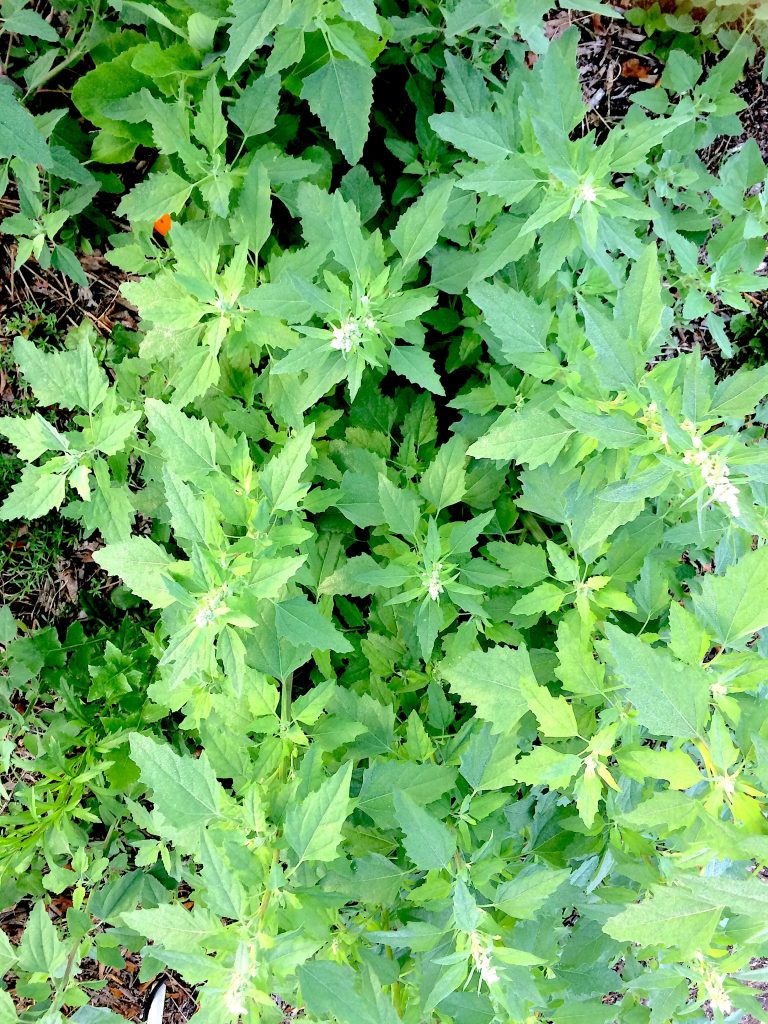
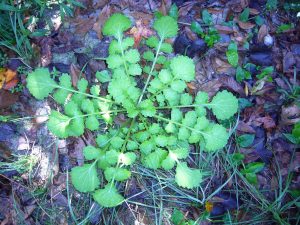
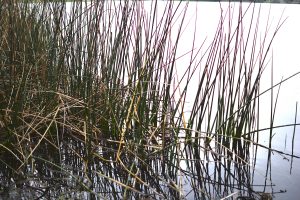
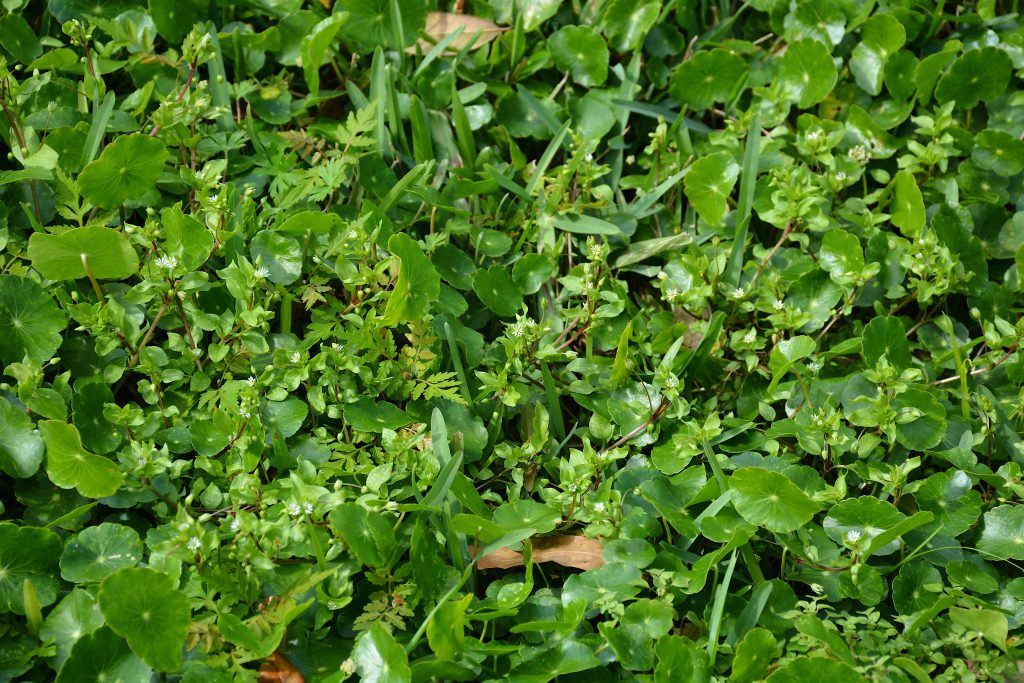
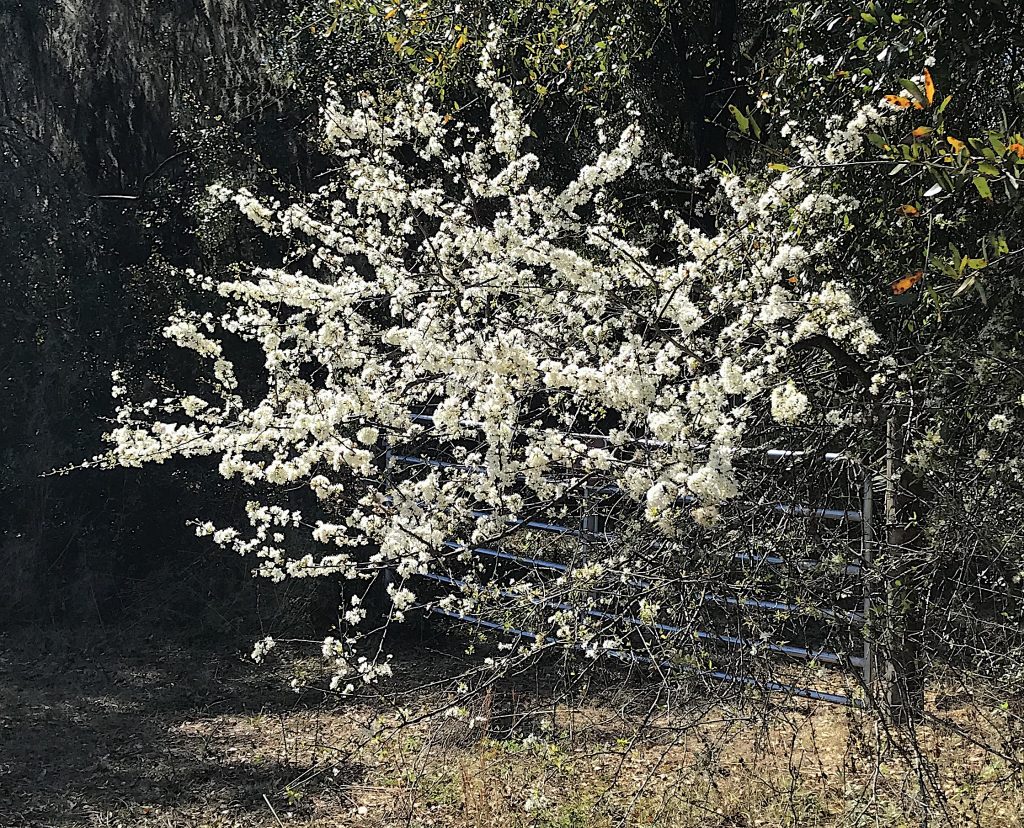
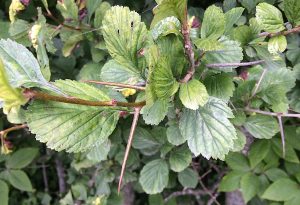
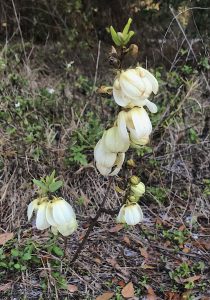

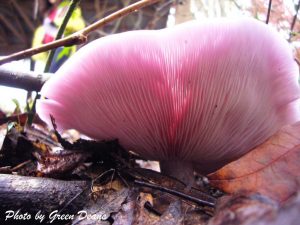
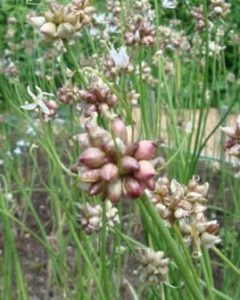
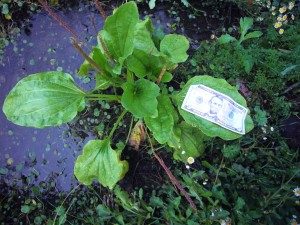

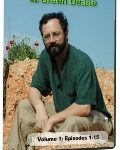
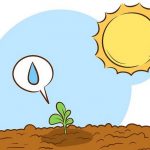 Donations to upgrade EatTheWeeds.com have gone well. Thank you to all who have contributed to either via the Go Fund Me
Donations to upgrade EatTheWeeds.com have gone well. Thank you to all who have contributed to either via the Go Fund Me 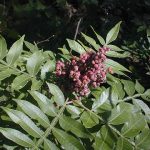
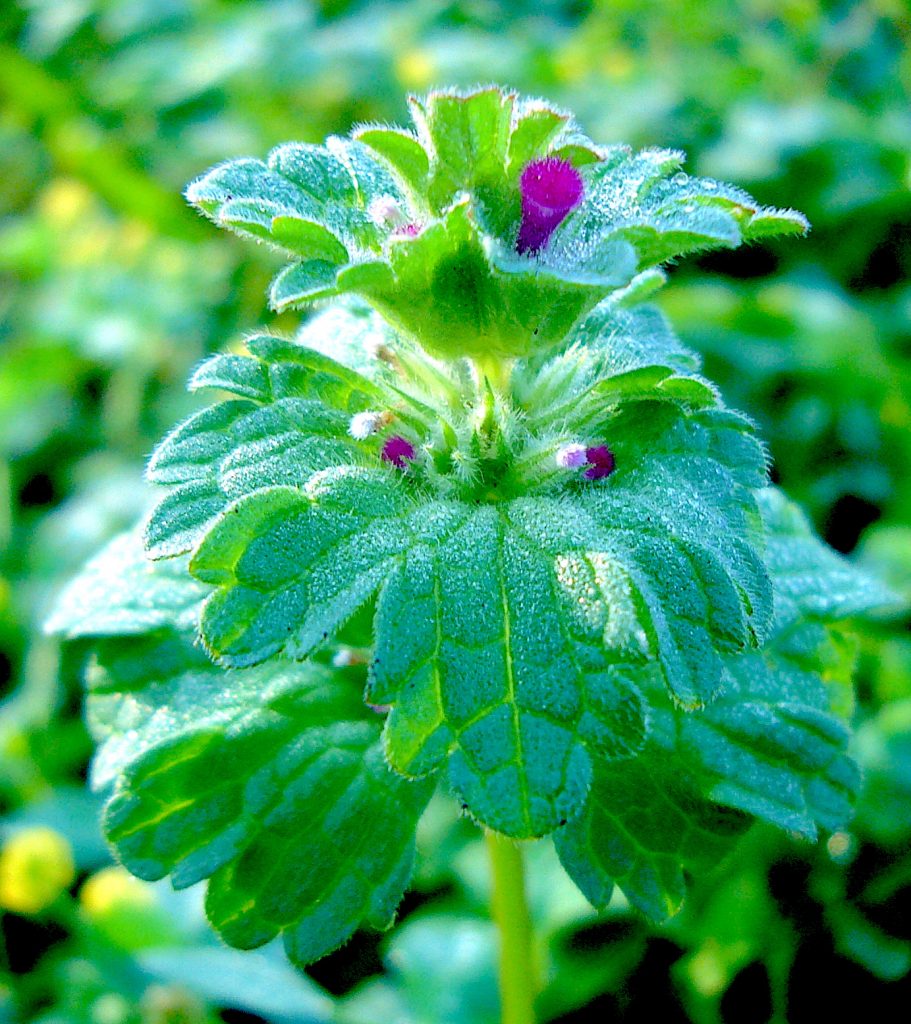
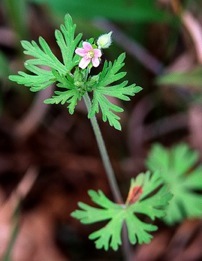
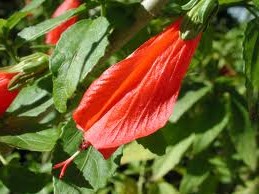

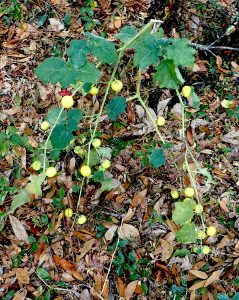
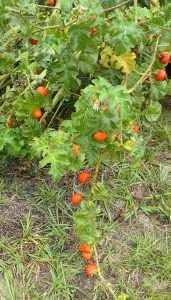
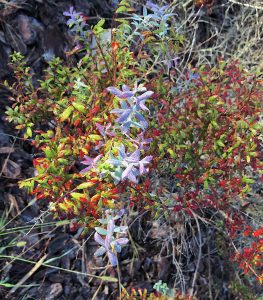
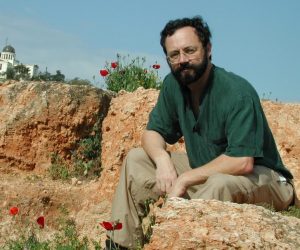
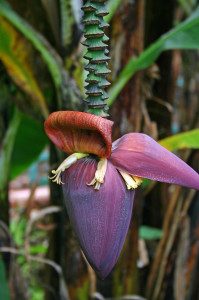 During a foraging class in West Palm Beach this weekend we saw Bananas blossoming. One doesn’t think of Bananas blossoming but they do, a large green and purple blossom that looks like a flower on steroids. The blossoms are edible raw but are usually cooked if not also soaked in salted water first. Chopped and boiled or steamed whole works. The inner pith of Banana trees is also edible as are the seeds of the species that have seeds. Banana water is also medicinal. The trick with Bananas, if one can call it that, is to watch the green bananas carefully. The moment one of the lower green bananas begins to ripen the entire hand is cut off and taken inside. There the Bananas usually ripen from the end up and most of them will ripen off the tree. If you leave them on the tree, a few will ripen and the rest higher up the hand will shrivel up. Unfortunately Bananas trees take two years to produce bananas and then die after producing. A cold winter can wipe out Bananas at the end of one year. Thus one needs two years sandwiching a warm winter to get home-grown bananas. As I sit on the temperate/sub tropical line some years I get Bananas in my yard, other years I do not. To read more about Bananas uses
During a foraging class in West Palm Beach this weekend we saw Bananas blossoming. One doesn’t think of Bananas blossoming but they do, a large green and purple blossom that looks like a flower on steroids. The blossoms are edible raw but are usually cooked if not also soaked in salted water first. Chopped and boiled or steamed whole works. The inner pith of Banana trees is also edible as are the seeds of the species that have seeds. Banana water is also medicinal. The trick with Bananas, if one can call it that, is to watch the green bananas carefully. The moment one of the lower green bananas begins to ripen the entire hand is cut off and taken inside. There the Bananas usually ripen from the end up and most of them will ripen off the tree. If you leave them on the tree, a few will ripen and the rest higher up the hand will shrivel up. Unfortunately Bananas trees take two years to produce bananas and then die after producing. A cold winter can wipe out Bananas at the end of one year. Thus one needs two years sandwiching a warm winter to get home-grown bananas. As I sit on the temperate/sub tropical line some years I get Bananas in my yard, other years I do not. To read more about Bananas uses 